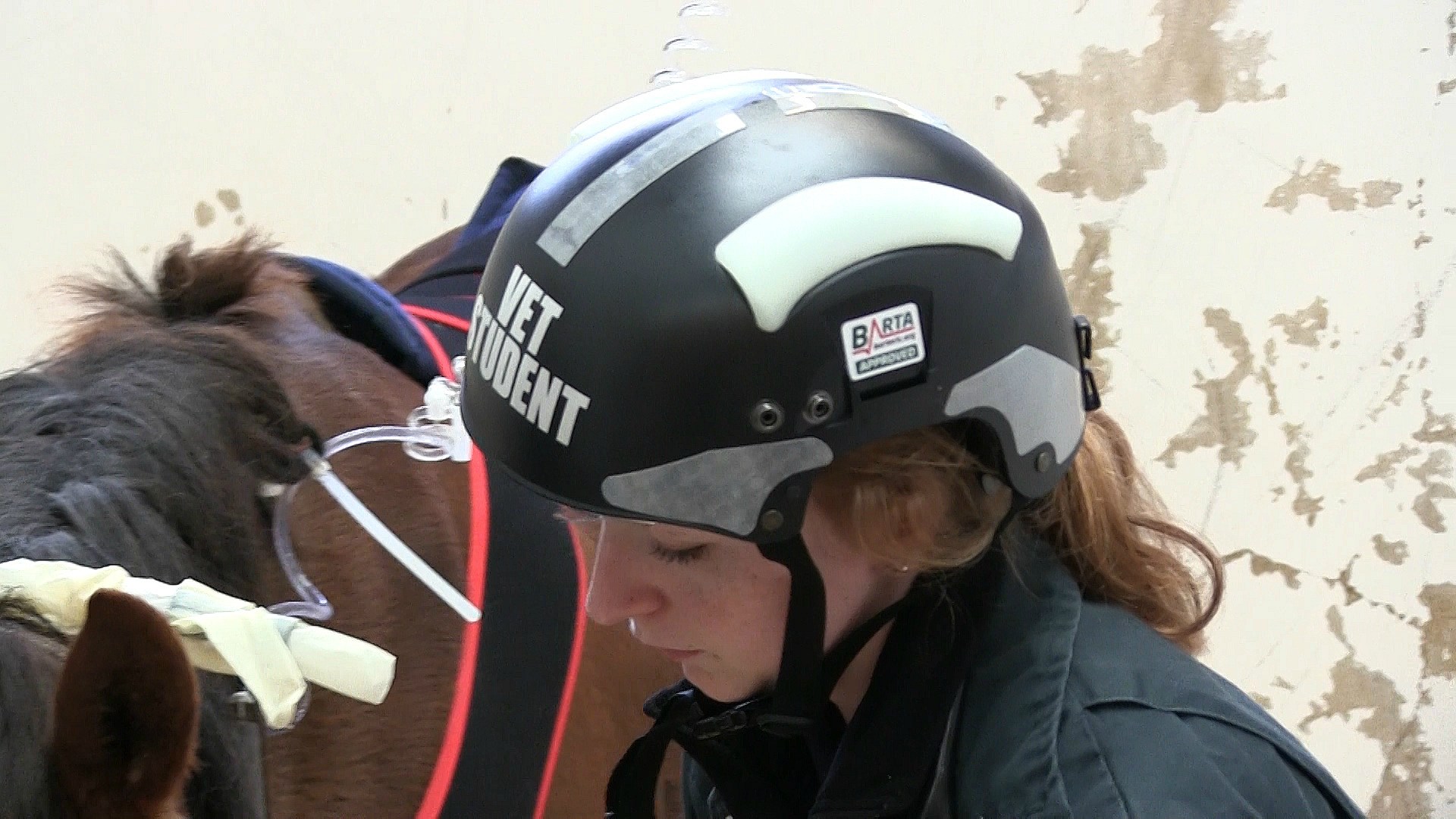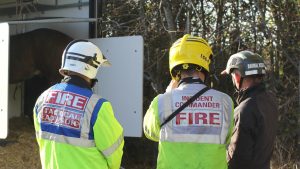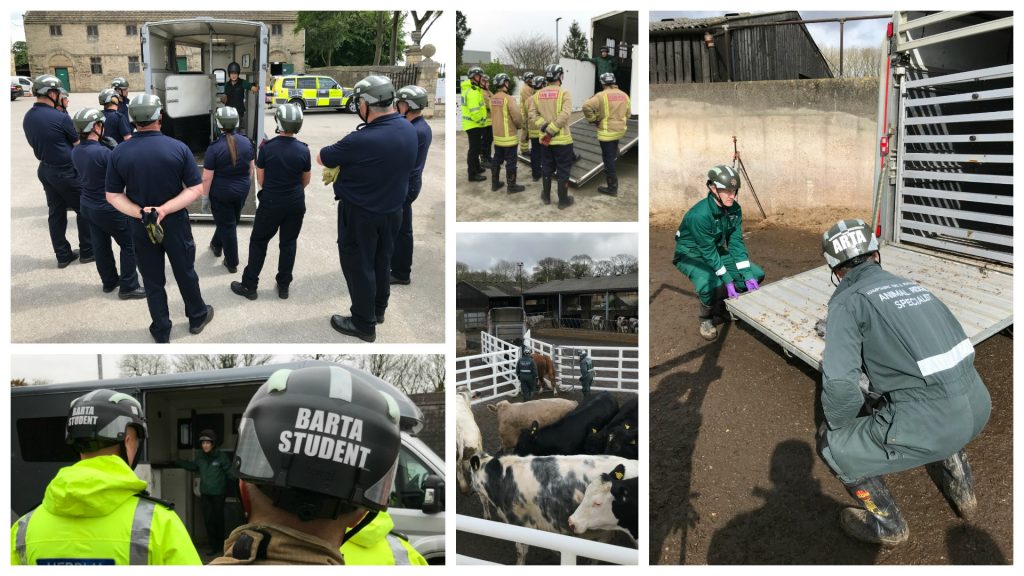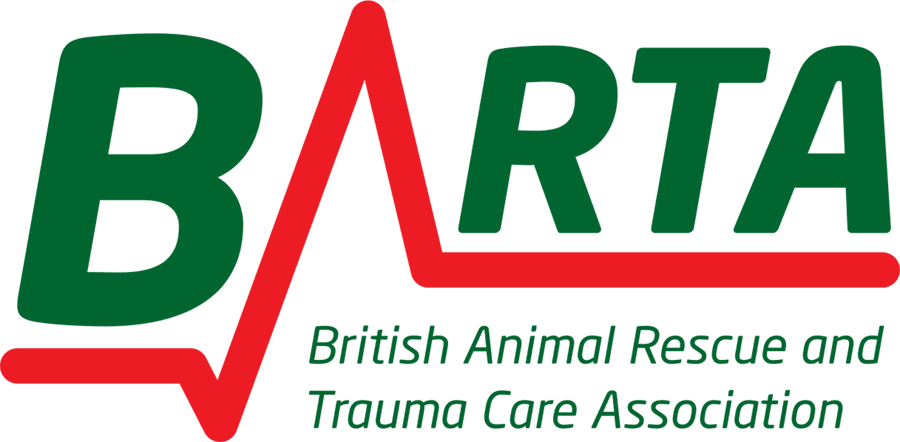Wearing PPE… a culture change for vets


Future Safety’s BARTA Approved Helmet
The culture is changing in the veterinary industry as a whole and wearing helmets is now common and becoming normal. This is mainly because of mandatory policies in relation to competitions and local policies set at many yards.
BEVA is raising awareness of the importance of equine behaviour modification, equine behaviour assessment, risk assessment and risk reduction (including PPE and helmets).
Professor Josh Slater says,

Professor Josh Slater
“The time is right for the equine vet profession to fully engage with helmet use. Our vet schools all have helmet policies, some mandatory (i.e. wear helmets at all times when working around animals) and others are risk based, but each year of new graduates from 2018 onward will be “used to wearing helmets.”
“The really pleasing thing is that students seem to be embracing helmets and we certainly don’t see any signs of reluctance to wear helmets. Therefore the general approach is a ‘bottom-up’ culture change project with students and young vets leading the way.”
The film below was produced by BARTA and taken from the Safety Matters module, a part of their vet awareness educational programme. Here Josh talks about the importance of having the right PPE available at all times. The wider course is aimed at new and practising vets who need to work alongside emergency responders as part of a multi-agency response dealing with incidents involving animals.
The helmet featured in the film is the Future Safety – BARTA approved Multi Role Incident Helmet and available through the BARTA Shop.
If you are interested in finding out more please contact BARTA via email at: [email protected]

Jim Green, our Director of Rescue and Hampshire Fire and Rescue Services, Animal Rescue Tactical Adviser says;
“Consideration for PPE is an important aspect of any working environment and must be based on sound understanding of hazards and the risk of harm. The Health and Safety at Work Act places responsibility on employers to assess hazards and determine risks to their employees, equipping them with training and PPE to mitigate risk, having made every effort to reduce the likelihood of harm occurring.”
“The emergency services are used to operating in unpredictable circumstances and have a very robust approach to wearing PPE which is also very culturally accepted and practised. Some veterinarians have clear policies for certain environments, however it is noticeable that they accept risk more readily when dealing with large animals in the field and this is reflected in the number of injuries sustained.”
At rescues, BARTA recommend that the minimum level of PPE should include helmet, High-Vis jacket and protective footwear at all times.
An important philosophy to remember is that wearing a helmet is not a one stop solution. Risk should be clearly assessed and reduced as much as possible through safe working practices or solutions. However, as these situations retain a high degree of unpredictability, the wearing of a helmet has to be a consistent default measure if operating in designated risk areas.
More information on the survey carried out by BEVA in conjunction with the University of Glasgow can be found on their website: BEVA report




